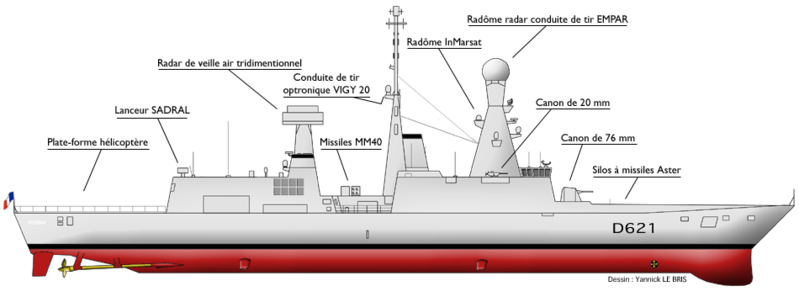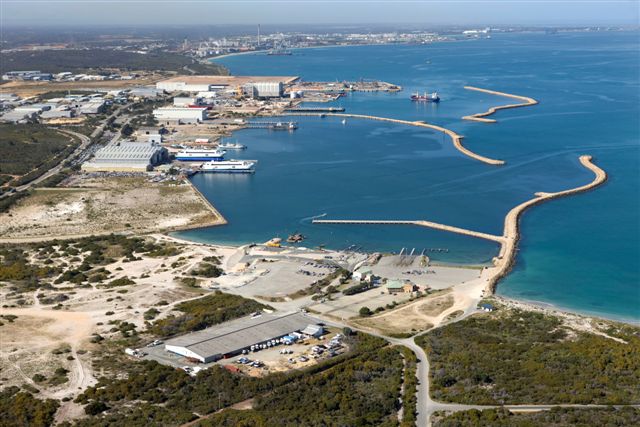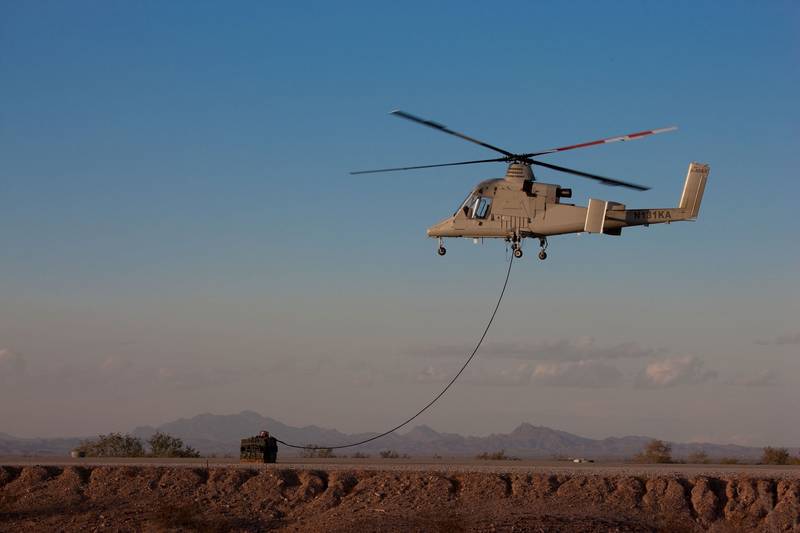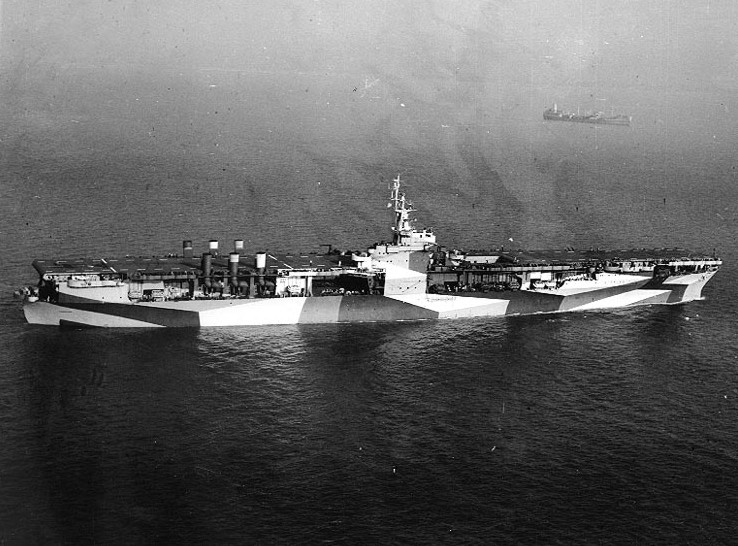
Welcome to MSW’s Scuttlebutt! Here’s the news for the day.

Just for kicks – Mess Hall-Galley Info
MSW crew-mate Anthony Kochevar put out a question to all who served in the Navy as to what chow was like on board ship and on base. Post your answers here. Great question Anthony! It’s always nice to find out about the daily life of our fighting men, especially those at sea.

Acceptance of Horizon-Class Frigate Chevalier Paul by French Navy
Source: DCNS
The air defence frigate Chevalier Paul was handed over to the French Navy on 21 December 2009, shortly after leaving the DCNS shipyards.

The French defence procurement agency (DGA) informed DCNS of the acceptance of the Horizon-class frigate, which was then handed over to the French Navy. The vessel now comes under the organic command structure of France’s Naval Action Force (ALFAN).
The Chevalier Paul will now undergo Navy sea trials to assess its military capabilities, notably via a long-duration deployment.
Successful completion of the trials will see the French Navy accept the vessel into active service, marking the start of its operational life.
ASC Welcomes WA Floating Dock
Source: ASC
Australian submarine and shipbuilder ASC has today welcomed the official opening of the $60 million floating dock at the Australian Marine Complex (AMC) in Henderson, Western Australia.

Managing Director and Chief Executive Officer of ASC, Mr Steve Ludlam said the floating dock forms a critical part of ASC’s Western Australian submarine maintenance operations.
“The floating dock will ensure that ASC can continue to provide to the frontline of Australia’s naval defence force by supporting the maintenance of the Collins Class submarines at the AMC.
“Along with land transfer capability and ASC’s maintenance hall, the opening of the dock means ASC is now able to carry out maintenance on as many as three submarines at any one time.
“We’re extremely pleased to be a key user of this world-class dock and congratulate the West Australian Government for their commitment to infrastructure upgrades at the AMC,” Mr Ludlam said.
The floating dock complements ASC’s $35 million submarine support facility at the AMC which provides a dedicated environment for maintenance and repair activities for the Collins Class submarines.
ASC is the nation’s last remaining Australian-owned prime defence contractor. The company designed and constructed the Collins Class submarines and today delivers design, upgrade and maintenance services for the submarines through-life. ASC is also the shipbuilder of Australia’s next generation warships – the Hobart Class Air Warfare Destroyers. ASC employs over 1,300 personnel in South Australia and Western Australia, including 280 engineering and technical specialists.
In A NATO First, France Agrees to Sell Warship to Russia
Source: Radio Free Europe Radio Liberty
French defense officials say France has agreed to sell Russia a technologically advanced battleship and is considering a request to sell Moscow three more. If the sale is completed, it would be the first such arms sale between Russia and a member of NATO.
News of the sale has raised concern among other NATO members and some of Russia's neighbors, especially Georgia, which fought a war with Russia in 2008.
French President Nicolas Sarkozy approved the sale of the Mistral-class assault ship after months of discussions.
Jacques de Lajugie, of the French arms agency DGA, said Russian naval officials have now submitted a request for three more ships, and that the request is "being examined."
David Darchiashvili, the chairman of the Georgian parliament's Committee for European Integration, said the planned sale is "a matter of concern for Russia's immediate neighbors and I think it should be a matter of concern more broadly, in the context of regional stability, balance, and security. And this has to be the subject of discussions for NATO and EU member states."
He added that he expects many countries in the region will object. "In Russia's hands this weapon is not just an ordinary one, as it would be in the case of any peaceful country that was concerned about its own security and defense," he said. "I expect that there will be a lot of objections to that [deal], and not just on our part."
Lithuania wrote to France in November asking for clarification of the situation and details of the ship's ammunition.
Offensive Capabilities
The Mistral is able to anchor in coastal waters and deploy troops on land, a capacity the aging Russian Navy lacks. The 200-meter-long ship can also carry 16 attack helicopters and dozens of armored vehicles.
Last year, Russia's naval chief said a ship like the Mistral would have allowed the Russian Navy to mount a much more efficient action in the Black Sea during the Georgia-Russia war. He said the French ship would take just 40 minutes to do the job that Russian Black Sea Fleet vessels did in 26 hours.
French Defense Minister Herve Morin held a meeting in Paris with U.S. Defense Secretary Robert Gates today and said that France hopes to contribute to European stability.
Morin said he "[understood] that for some Central and Eastern European countries...the wounds are still there," but added that France "[wants] to develop a relationship of trust with Russia."
Gates would only say that he and Morin had discussed the sale and had "a good and thorough exchange of views."
In Washington, Pentagon spokesman Geoff Morrell said U.S. "friends and allies in Eastern Europe are clearly nervous about it, especially Georgia…with good reason." He added, "They fear these new warships would give Russia additional capabilities to once again threaten Georgia from the Black Sea."
France rejoined NATO's military command in 2009 after a 43-year absence. President Charles de Gaulle pulled France out of NATO's military structure in 1966, saying it undermined France's sovereignty.
Comment by the Lithuanian Minister of National Defense on France Agreement to Sell a Mistral-class Ship to Russia
Source: Lithuanian Ministry of Defense
The Lithuanian Minister of National Defense, Ms Rasa Juknevičienė, who is also currently acting as the Lithuanian Minister of Foreign Affairs, in her comment of France's decision to sell Russia a Mistral-class amphibious assault ship has said:
"The decision to export advanced assault military equipment to Russia has demonstrated the specific confidence of France to Russia. I would encourage Russia to show her confidence to NATO as well and do not take the North Atlantic Alliance as a security threat as it has been specified by Russia in her new military doctrine.
“I hope that this issue will be discussed in the upcoming meeting of EU Ministers of Defense in Spain, where I intend to cover the issue. Perhaps this case will encourage the EU, the UN to apply the strategic goods export related provisions in a more constant and transparent way and reach out for a unified interpretation thereof.
“I also hope that in future our allies will first consult within the Alliance before they make any decisions that may affect security interests of NATO and its separate member states or partner states".
Mr. Dainius Žalimas, Law Adviser to the Minster, has commented the same issue in the following way:
"We think that the said sale is inconsistent with criteria II, III, IV, V and VI of Article 2 of EU Council Common Position 2008/944/BUSP that describe common rules of export control of military technology and equipment. Therefore, the execution of the sale may violate the principle of solidarity of member states which has been embedded in the Treaty of the EU and the responsibility of member states to ensure that the national policy must be in line with the position of the Union as it has been stipulated in Article 29 (former 15) of the Treaty."

Team K-MAX Demonstrates Successful Unmanned Helicopter Cargo Resupply to U.S. Marine Corps
Source: Lockheed Martin Corporation; Kaman Corporation
DUGWAY, UT, February 8th, 2010 -- Lockheed Martin Corporation [NYSE: LMT] and Kaman Aerospace Corporation, a subsidiary of Kaman Corporation [NASDAQ GS: KAMN] have successfully demonstrated to the U.S. Marine Corps the capability of the Unmanned K-MAX® helicopter to resupply troops by unmanned helicopter at forward operating bases in Afghanistan.

During a series of flights last week in subfreezing temperatures at the U.S. Army’s Dugway Proving Ground, UT, the Unmanned K-MAX demonstrated autonomous and remote control flight over both line-of-sight and satellite-based beyond line-of-sight data link.
“We met or exceeded the requirements within the scheduled three-day timeframe of the demonstration,” said Dan Spoor, Aviation Systems vice president at Lockheed Martin’s Mission Systems & Sensors facility in Owego, NY. “The system performed a rigorous set of cargo resupply scenarios as programmed, allowing the ground-based operator to monitor progress, and make adjustments to aircraft positioning only when requested by the Marine Corps for demonstration purposes.”
Performance attributes demonstrated included hovering at 12,000 ft. with a 1,500-pound sling load; delivering 3,000 pounds of cargo well within the six-hour required timeframe to a forward operating base (two 150 nm round-trip flights); remotely controlling flight and a precision load delivery by a ground-based operator in both day and night conditions; and uploading a new mission plan to the aircraft’s mission management system during flight.
As an optional demonstration, Team K-MAX showcased the Unmanned K-MAX helicopter’s four-hook carousel, which enables multi-load deliveries in a single flight. Lifting a total cargo of 3,450 pounds, the aircraft flew to three pre-programmed delivery coordinates, autonomously releasing a sling load at each location. At the customer’s request, the fourth load delivery was performed under manual control by the ground operator.
“The Unmanned System performed operationally representative cargo resupply scenarios, and each time the system delivered as promised,” said Sal Bordonaro, President, Kaman Helicopters, a division of Kaman Aerospace Corporation. “This capability gives the Marine Corps a proven unmanned power lifter to bring vital cargo to troops on the battlefield without the need for ground vehicles and manned helicopters.”
Team K-MAX has flown the Unmanned K-MAX nearly 400 hours in unmanned mode since 2007. The demonstration fulfilled an $860,000 U.S. Marine Corps contract awarded to K-MAX manufacturer Kaman Aerospace in August 2009.
A manned version of K-MAX has accumulated more than 250,000 flight hours, conducting repetitive lift operations for the construction and logging industries worldwide.
Kaman Corporation, founded in 1945 by aviation pioneer Charles H. Kaman, and headquartered in Bloomfield, Connecticut conducts business in the aerospace and industrial distribution markets. The company produces and/or markets widely used proprietary aircraft bearings and components; complex metallic and composite aerostructures for commercial, military and general aviation fixed and rotary wing aircraft; safing and arming solutions for missile and bomb systems for the U.S. and allied militaries; subcontract helicopter work; and support for the company’s SH-2G Super Seasprite maritime helicopters and K-MAX medium-to-heavy lift helicopters. The company is also a leading distributor of industrial parts, and operates nearly 200 customer service centers and five distribution centers across North America.

USS Ranger CV-4
Today’s website is the history of the USS Ranger CV-4. Enjoy.
This Day in U.S. Naval History
1861 - Saratoga, a member of the U.S. African Squadron, captures the slaver sloop Express.
1933 - USS Ranger (CV 4), the first true aircraft carrier, is commissioned.
1959 - USS Galveston (CLG 3) fires the first Talos surface-to-air missile.
Photo of the Day

The U.S. Navy aircraft carrier USS Ranger (CV-4) photographed from an aircraft from Naval Air Station Hampton Roads, Virginia (USA), on 6 July 1944. Note her camouflage paint scheme measure 33 design 1A. This was the only camouflage measure which used four different colors.
Gator











